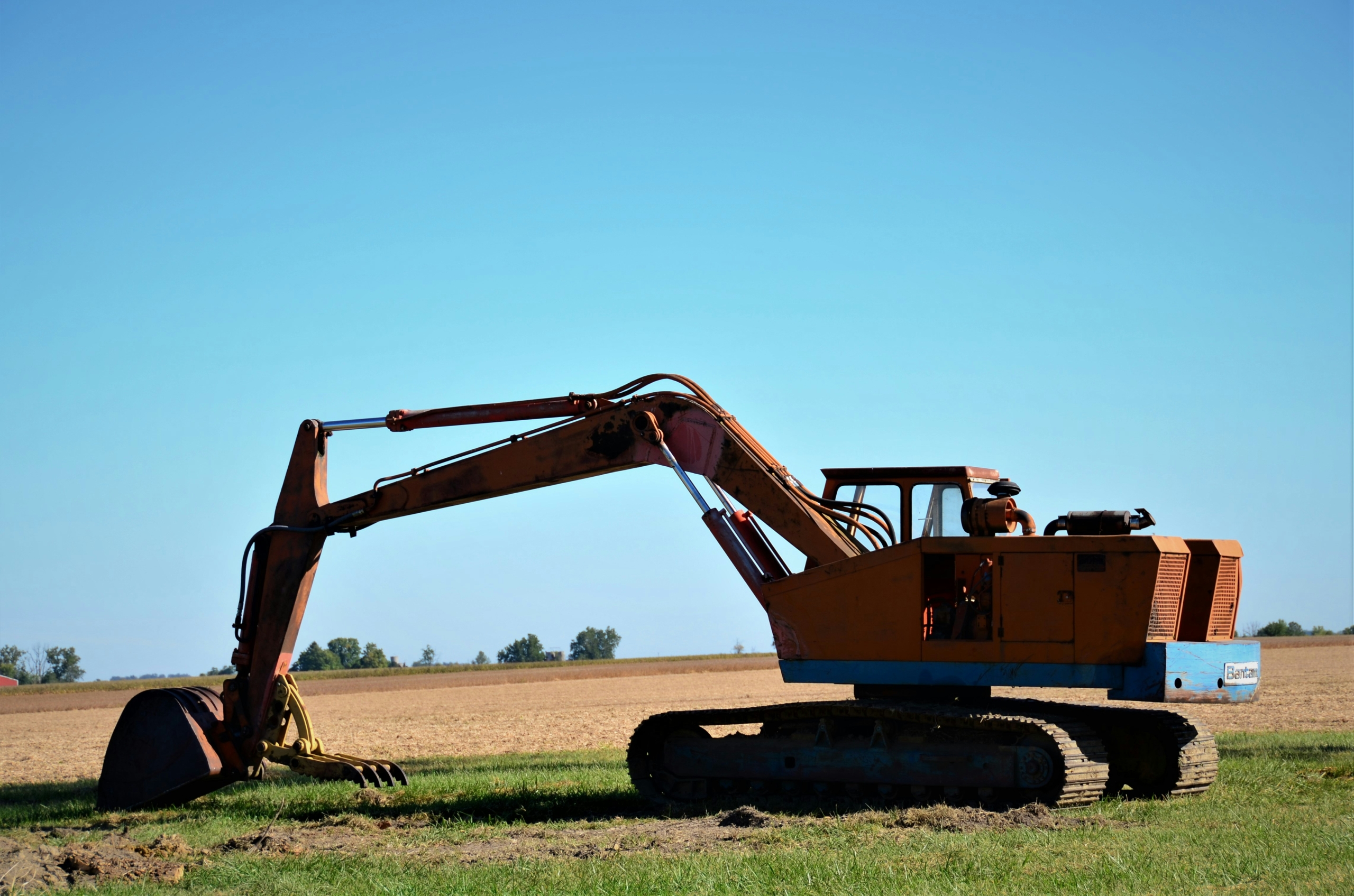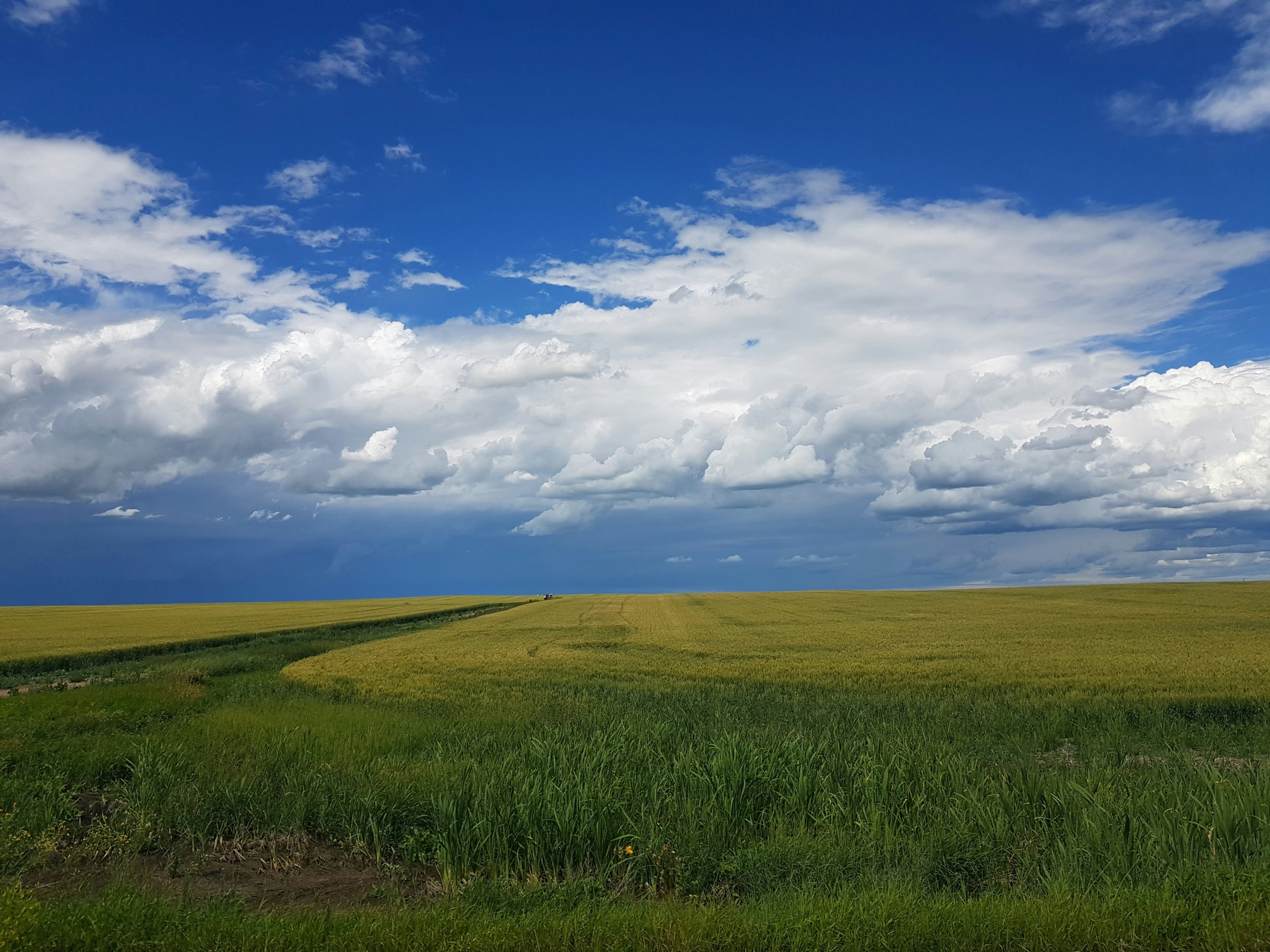In the following post, we delve into the greenfield site meaning, and how this differs from brownfield and green belt land, as well as answering that all-important question: Can you build on greenfield land?
Read on to find out.
What is a greenfield site?
At the time of writing, there is no formal definition for a greenfield site. Not according to the National Planning Policy Framework (NPPF), anyway. However, ‘greenfield’ is a term typically used to describe land that has not been developed before but has potential.
Roughly 70% of land in the UK is used for agricultural purposes, making up the majority of greenfield land. Hence the name. However, greenfield could also include woodlands, mountains, or green spaces within towns and cities.
While greenfield land has not been built on before, it is very likely that it can be developed.
Greenfield and green belt: What’s the difference?
Despite sounding similar, these are two very different types of land categorisation.
‘Greenfield’ refers to land that has not been developed.
‘Green belt’ describes land that is protected to prevent urban sprawl, safeguard countryside, and preserve the special character of historic towns.
Thousands of homes are built on greenfield land each year, but development in the green belt is restricted. However, it is possible to find both greenfield and brownfield land within a designated green belt area.
Brownfield and greenfield: What’s the difference?
When it comes to a brownfield site vs greenfield site, the core difference is its history. Greenfield is undeveloped and has not been built on before. Brownfield has been developed before, but is now vacant.
As a result, greenfield land usually looks more scenic or undisturbed, providing a blank slate for development, whereas brownfield land may look more urban or be littered with previous construction, requiring remediation.
Advantages of greenfield sites
They can be inexpensive to buy – Agricultural land can be cheaper to purchase than prime plots in towns and cities. However, please be aware that a site with planning permission will be worth a lot more.
They don’t require remediation – As it has never been built on, greenfield doesn’t require major clearing, demolition, or remediation work. Land preparation and groundworks could start quickly, and overall development timelines are shorter.
They can be found in attractive locations – This kind of land can be found in rural or semi-rural locations that offer countryside or seaside views and amenities.
They offer design flexibility – As there are no structures on this land, there is no obligation for greenfield development to blend with any existing buildings. This means more design freedom, subject to planning permission.
There’s space to expand – Many greenfield sites are in rural locations or are found on the edge of towns and cities. That means there’s space for expansion, or nearby development opportunities which may become available in the future.
This space can also mean larger properties can be built, and can make compliance with environmental and sustainability standards easier.

Disadvantages of greenfield sites
There’s restricted greenfield land in towns and cities – While greenfield land is abundant in rural areas, it is limited in urban areas where the demand for homes and commercial premises is high.
There probably won’t be connected services – As the land has not been built on before, there is unlikely to be water, gas, or electricity lines, nor telecoms or sewerage. Therefore, building on greenfield sites will involve the time and cost of installing these.
There could be access issues – Similar to the above point, there may not be appropriate roads or other local infrastructure to support the increase in local population. This is something you may have to upgrade if you intend to build on greenfield land.
There may be tighter planning restrictions – Depending on the type and location of the greenfield site, securing planning permission could prove difficult. For example, if the site is within the green belt and/or an area of outstanding national beauty (AONB), there will be tighter restrictions around what can be built, if development can happen at all.
Furthermore, if you plan on developing green spaces, you may receive objections from local residents about urban sprawl, loss of wildlife habitats, or increased traffic levels.
Ready to build?
If you’ve found the perfect plot and have your planning permission in place, get in touch with our experienced team and we can help secure the funds you need.
Get your construction project off the ground with development finance from Phoenix Funding.
